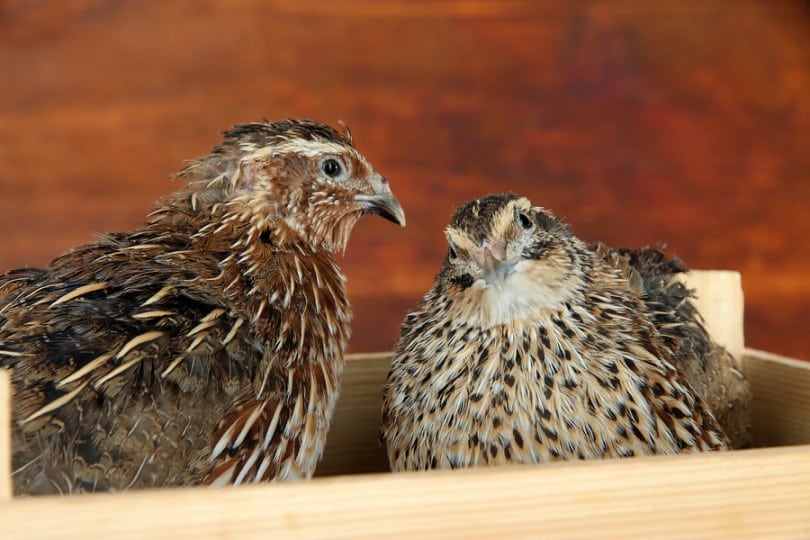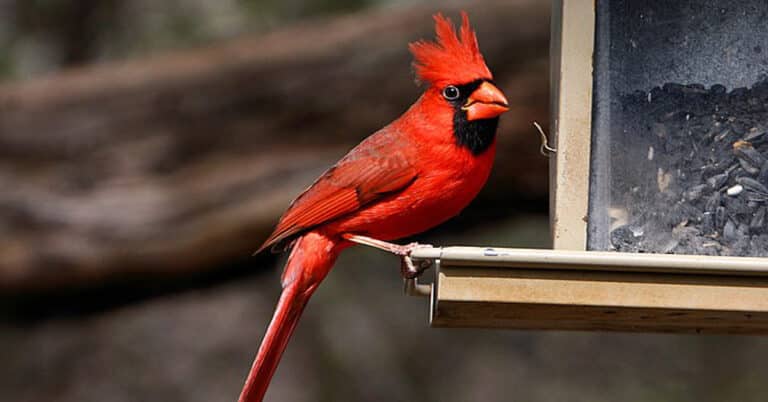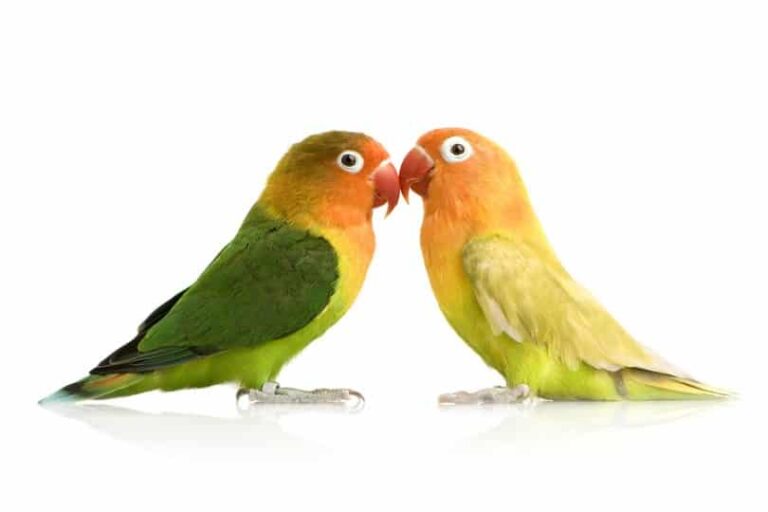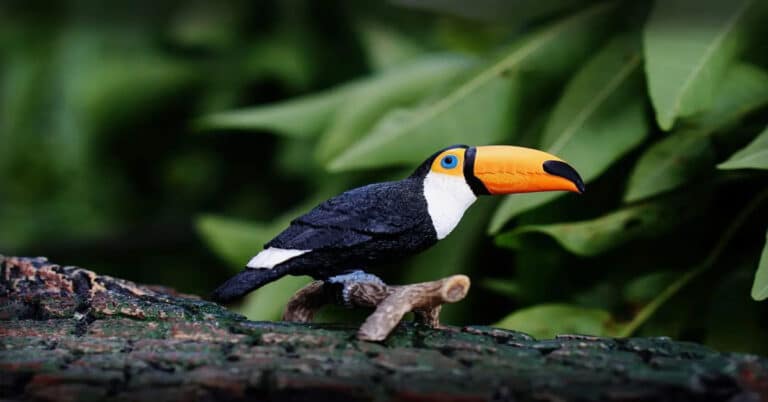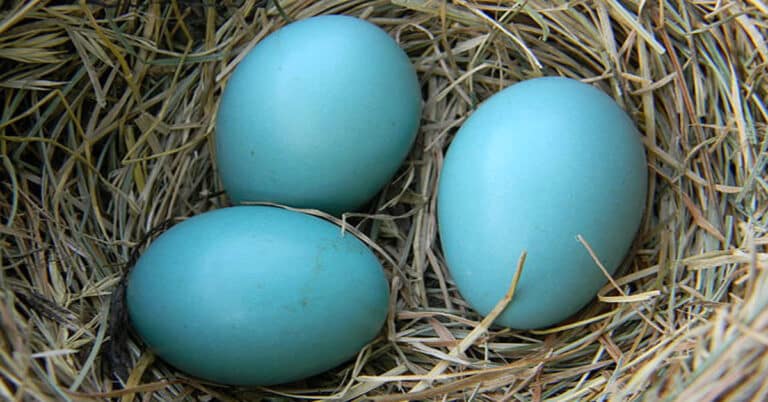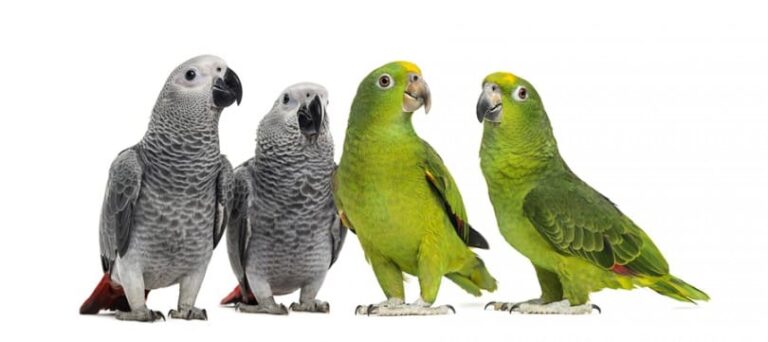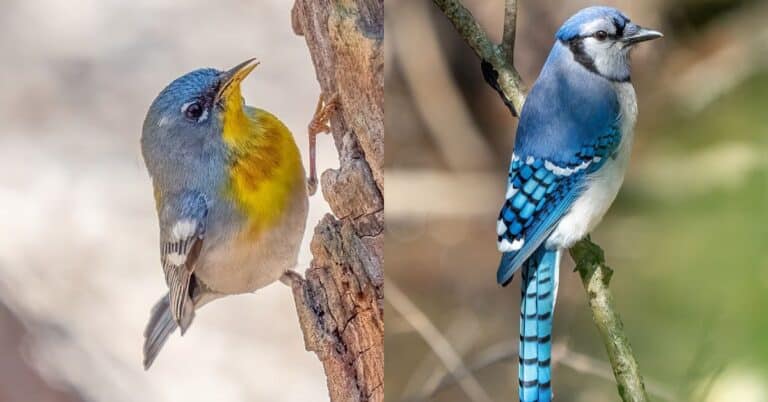Quails
Quail is a common term used to describe small birds from the order Galliformes. The New World Quail belongs to the Odontophoridae family and the Old World Quail is placed in the Phasianidae family. It is a small bird with a round body structure. Quail is 7.1 to 8.6 inches in length and 91 to 131g in weight. The wings are long and broad, unlike the other small structured game birds having short wings.
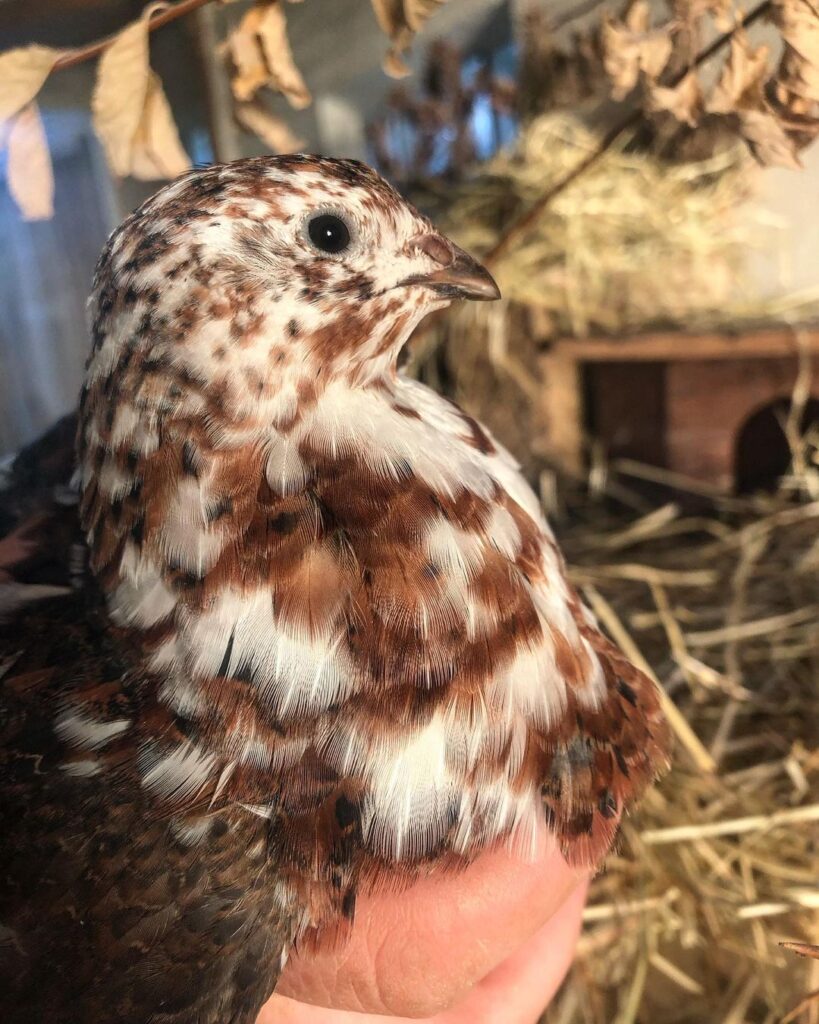
Description
The New World Quail possesses a big and strong bill compared to the Old World types. None of the species have leg spurs. Male birds of Desert Quail and California quail have larger head plumes compared to the female birds. The fastest Quail, known as Blue or Scaled Quail is endemic to the regions of the eastern part of North America. This Blue Quail has a scaly body with Gray plumage and a beautiful white-pointed crest. The other species known as Plumed or Mountain Quail are the largest birds from the New World Quail group. It has a straight and long plume in a red and gray shade.
Japanese quail (The old world Quail)
On the other hand, among the old world quails, you can count the Common Quail, Japanese quail and the like.
Reproduction
The normal period of breeding is between spring and autumn. The male bird tries to impress the female bird by doing many activities like puffing his chest, lowering his head and expanding its wings. When the female is impressed, she will mate with this male bird. Later, both the partners work together to build a nest for laying eggs. In the wild, usually they create a hollow in the ground to build nests, and fill it with leaves, grass and bushes. At home, we can provide them with a nest box. The female bird lays an egg every day, continuously for 18 to 20 days. These eggs are incubated by the male counterpart for about 14 to 21 days. After they hatch, the Coturnix hen will drop the food in front of the juveniles, and they will pick it from the floor. The feeding process of Button quail is different; here the male quail provides food from his beak to the juvenile’s beak. The young ones have to be fed for at least 24 days, after which they will fly independently and search for their own food.
Rearing Quails at Home
Cage
Though they are very small birds, they should be provided with big cages of size 2m in length and 1.5 m width for a pair to live in. The height should not be more because, when Quail gets frightened or agitated, it flies high and gets injured. There should be enough space to keep perches and food vessels. Cover the floor of the cage with sand, and to give a forest ambience, you can also place some leaves and grasses.
Food
The Quail can be given a good quality parrot or finch mix. It contains almost all the nutrients needed by this small bird. Other than that, these birds prefer eating insects, seeding grass, some vegetables and pre-mix food. Quail can be given mineral rich green food, cockroaches and mealworms. Provide plenty of fresh water, and it should be easily available to them. Hence, avoid placing the water bowl in the portion below the perches.
Care
The Quail bird is similar to Chicken; they both love warm weather. We must give them a well balanced diet, adequate water and a comfortable house. Take care of them from predators like cats, dogs or other large birds. Provide enough sunlight, if not at least provide light of an energy saving bulb or tube light. Clean their cage and vessel regularly. For their dust bath, provide some sand in the vessel or cover the floor with sand, which will fascinate them.

Having discovered a fondness for insects while pursuing her degree in Biology, Randi Jones was quite bugged to know that people usually dismissed these little creatures as “creepy-crawlies”.

